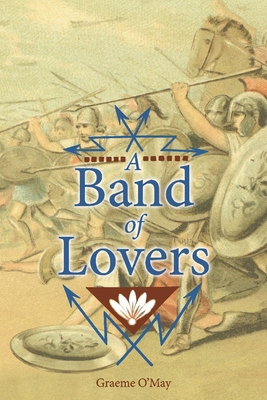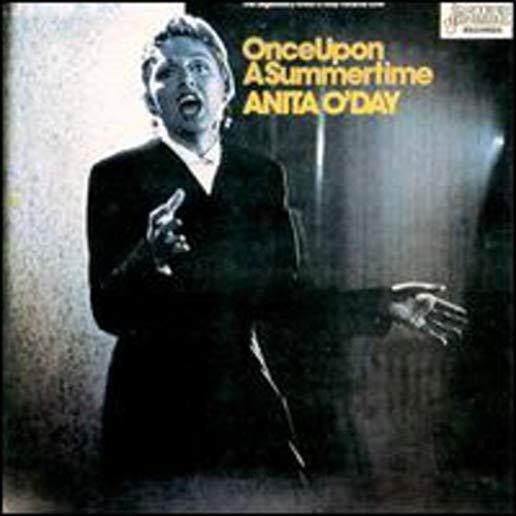
description
history and highlights key pieces from the British Museum's outstanding collection of Egyptian antiquities The rulers of ancient Egypt were not always male, nor always Egyptian. At times, Egypt was divided by civil war, conquered by foreign powers, or ruled by competing kings. While some kings were revered--such as Thutmose III who expanded Egypt's empire to its largest extent--the memories of others were officially erased. Many of the objects surviving from ancient Egypt project the image the pharaoh wanted us to see. However, this book explores the reality and the many challenges of ruling one of the greatest civilizations the world has ever seen. After an introduction into the historic and geographic timeframe of the ancient pharaohs, the book explores royal iconography, decoding the insignia worn and held by the king, and the names and titles covering most royal monuments. The core of the book investigates the main roles of the king, as high priest, as the head of the royal family, as the administrative ruler of the country, and as the leader of the army and diplomat. Following an investigation into the preparation for the king's eternal life, from the rituals to the building of a tomb, the book closes on a contemporary perspective from Egypt and how the notion of the pharaoh still resonates today. The book covers three thousand years of history--highlighting research on key pieces from the British Museum's outstanding collection of Egyptian antiquities. Contributors: Julie Anderson, Andrew Connor, Amanda Dunsmore, Ikram Ghabriel, Thomas Kiely, Giuseppina Lenzo, Margaret Maitland, Marcel Marée, Aurélia Masson-Berghoff, Youssef Rakha, Sahar Saleem, Chiara Salvador, Neal Spencer, Anna Stevens, John Taylor, Marie Vandenbeusch.
member goods
No member items were found under this heading.
Return Policy
All sales are final
Shipping
No special shipping considerations available.
Shipping fees determined at checkout.







